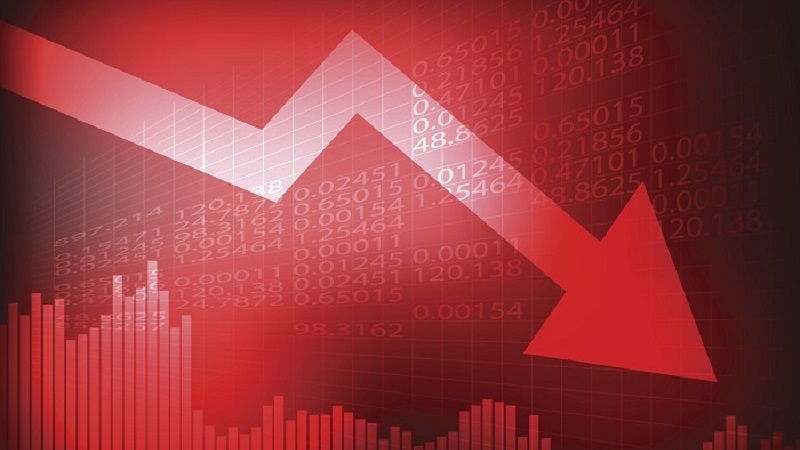For Beckett, the obvious problem with ‘high yield’ credit is the yield is just not very high. The US high yield market, for example, is currently on a 6% yield which, in historical terms is not very much.
But, as Beckett said: “The reality of rock bottom interest rates, laughably low government bond yields, low inflation and low growth volatility means that one has to reassess whether this 6% is good value. “
Having just returned from a three week trip to the US he added, that despite wanting to have a contrarian view, “if you are invested with good managers and you are comfortable with the fund structure (I know you are all firmly bored of my views on big bond funds) then high yield credit still offers a perfectly respectable outcome in most scenarios.”
And it is not just the US where managers feel high yield offers value. Eoin Walsh, co manager of the TwentyFour Dynamic Bond Fund agrees that the relative attractiveness of high yield has been improved by the recent moves in bund yields and sees value in both the UK and the European market – especially with default rates as low as they are.
He explained that with default rates so low, investors are willing to accept lower yields on high yields bonds and, with the amount of money being pushed into markets by central banks and investors continuing to chase yield, Walsh says he doesn’t expect defaults to rise significantly.
But, importantly, he added, investors need to remain cautious and selective.
“I think we are going to see an increase in the number of idiosyncratic risks, like the situation that unfolded with Phones4you. Just because central banks are being accommodative, doesn’t mean that everyone is going to survive,” he said.
In the US high yield space, which was hit fairly hard by the fall in energy prices earlier in the year, Beckett believes that, in aggregate, default risk also remains low.
He says, while there will be falls, the outcome is likely to be “steady and sound”.
For Beckett, the biggest danger at present for the market is likely to come from the Fed’s actions later in the year – specifically whether or not it decides to raise rates.
“In her latest of a never-ending series of comments last week, Fed Chair Yellen suggested that a September rate rise was likely, but the path of rates higher would be shallow and slow. However, if that likely scenario was to change for whatever reason then the lower yields and now-tighter spreads over government bonds on offer in high yield would undoubtedly be subject to intense upward pressure.”
Indeed, it would seem that despite central bankers’ best efforts to knock it on the head with a QE-inflated hammer, volatility keeps popping up, like an overly energetic game of whack-a-mole. And, there is every indication that this will continue as they move closer to a rate hike. And, in the mean time, in a yield-starved world, there also seem to be good reasons to keep as many options on the table as possible, especially ‘high’ yielding ones.











